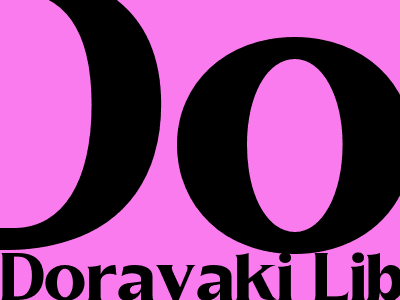Dorayaki: The Beloved Japanese Pancake
A Culinary Staple with a Rich History
Dorayaki, a delectable Japanese pancake, has captivated the hearts of sweet enthusiasts for centuries. Its origins can be traced back to the Edo period, where it was known as "Imagawayaki" and filled with a sweet red bean paste called "anko." Over time, the name evolved to "dorayaki" due to its resemblance to a gong called "dora," and the filling expanded to include a diverse array of flavors.
The Art of Crafting Dorayaki
The creation of a perfect dorayaki requires a delicate balance of ingredients and technique. The batter is carefully prepared using a mixture of wheat flour, sugar, eggs, and a touch of water. It is then poured onto a hot griddle and cooked until golden brown on both sides, resulting in a soft and fluffy texture.
The filling is what truly elevates the dorayaki to a culinary masterpiece. Anko, the traditional red bean paste, remains a popular choice, offering a luscious and slightly sweet flavor. However, modern variations have embraced a wide range of fillings, including custard, whipped cream, fruit preserves, and even savory options like cheese and ham.
Cultural Significance and Symbolism
Dorayaki has transcended its culinary appeal to become a cherished part of Japanese culture. Its depiction in popular anime and manga, such as the iconic Doraemon series, has further ingrained it into the hearts of generations.
In Japan, dorayaki symbolizes good fortune and prosperity. It is often served at festivals and celebrations, representing the hope for a sweet and fulfilling life. The circular shape of the pancake is also said to symbolize unity and harmony.
Health Benefits and Nutritional Value
Despite its indulgent nature, dorayaki does offer some nutritional benefits. The wheat flour provides dietary fiber, which can aid in digestion and promote satiety. The eggs contribute protein, vitamins, and minerals, while the filling can vary in nutritional content depending on its ingredients. However, it is important to consume dorayaki in moderation due to its high sugar content.
Variations and Regional Adaptations
Across Japan, different regions have developed their own unique variations of dorayaki. In the Kansai region, it is known as "obanyaki" and typically has a thicker batter with a savory filling. In Okayama, the "kibi dango" is a popular variation filled with roasted millet paste.
International adaptations of dorayaki have also emerged, showcasing the pancake's versatility. In Hawaii, "oyaki" is a popular treat with a mochi-like texture and a variety of fillings. In Korea, the "hotteok" is a similar pancake with a sweet and crispy exterior.
Conclusion
Dorayaki, a culinary delight with a rich history and cultural significance, continues to enchant taste buds around the globe. From its humble origins as a red bean-filled treat to its modern-day incarnations with a myriad of flavor combinations, dorayaki embodies the artistry and creativity of Japanese cuisine.

Komentar